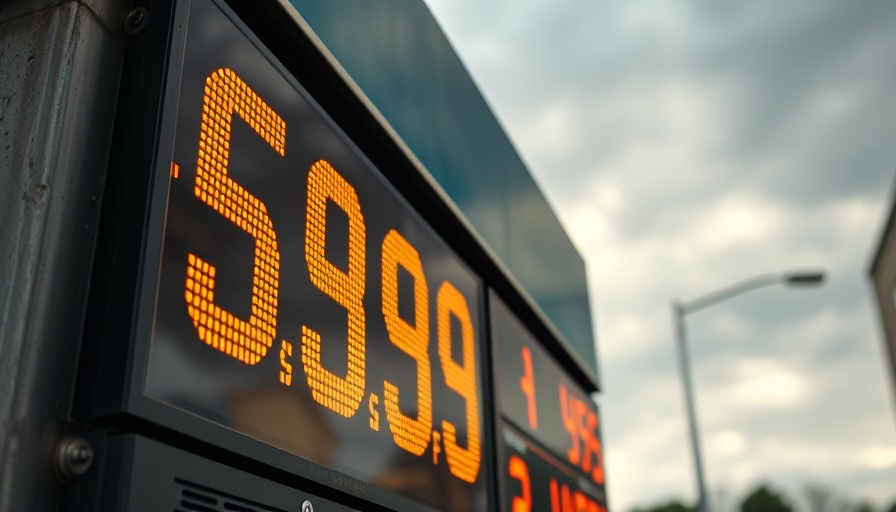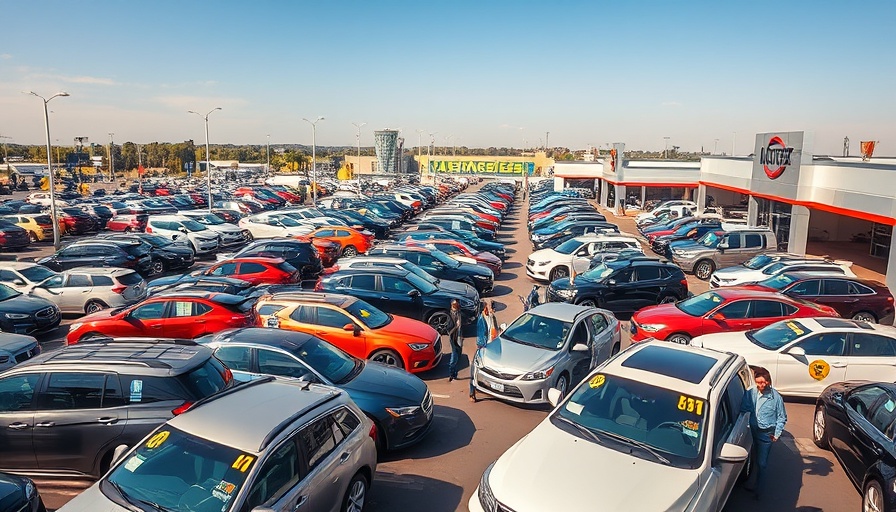
Gas Prices Climb as Spring Arrives
The arrival of spring typically signals a rise in gasoline prices, and this year is no exception. Drivers are currently seeing an increase in the average cost of gas, which has risen to $3.15 per gallon—3 cents higher than last week. However, these prices are still about 40 cents lower than last year, thanks in part to lower gasoline demand and soft crude oil costs.
Understanding Gasoline Supply and Demand
Latest data from the Energy Information Administration (EIA) indicates a dip in gasoline demand: it fell from 8.81 million barrels per day to 8.64 million. Additionally, the nationwide gasoline supply reduced from 240.6 million barrels to 239.1. These fluctuations in supply and demand are key factors influencing the rise in prices at the pump.
The Impact of Crude Oil Prices
On the commodities market, West Texas Intermediate crude rose by 65 cents, closing at $69.65 a barrel. This increase is coupled with a reduction in crude oil inventories, indicating trends that could lead to further price hikes if demand increases as summer approaches.
Regional Price Variations
While the national average sits at $3.15, prices vary significantly across the country. States like California, Hawaii, and Washington lead with the highest prices, peaking at $4.66 per gallon in California. Conversely, states like Mississippi and Oklahoma enjoy substantially lower prices, showcasing a disparity that can significantly affect local budgets.
The Future of Fuel Costs
As we look ahead, the typical seasonal pattern suggests that prices could continue climbing through the summer months as travel demands increase. It's essential for drivers to stay informed and consider the potential impact on their automotive budgets, including options for maintenance and repair that can help mitigate fuel costs.
 Add Row
Add Row  Add
Add 




 Add Row
Add Row  Add
Add 

Write A Comment